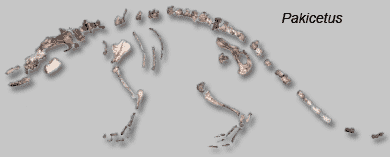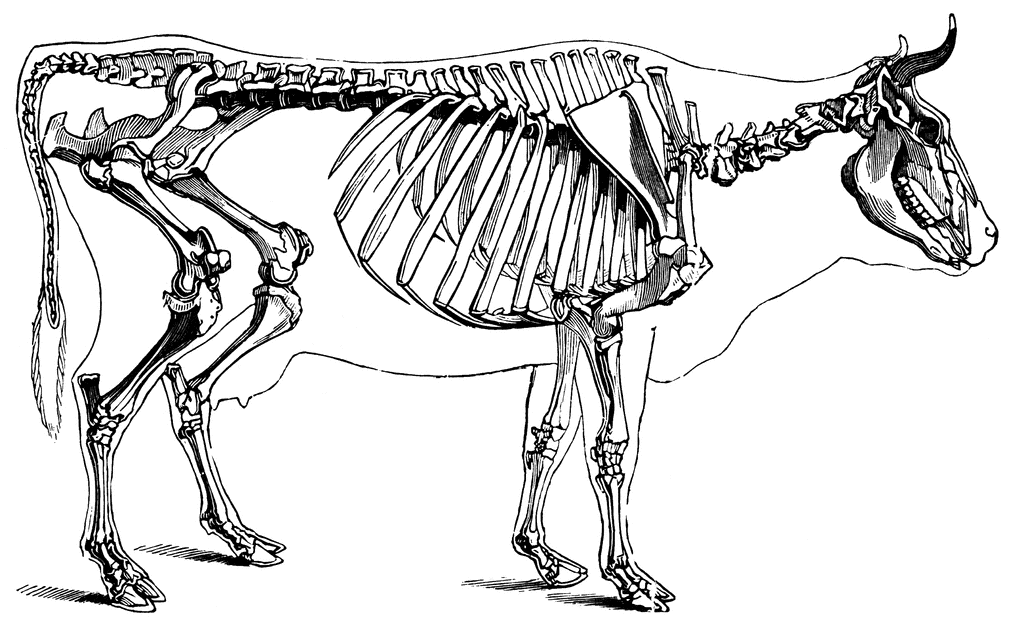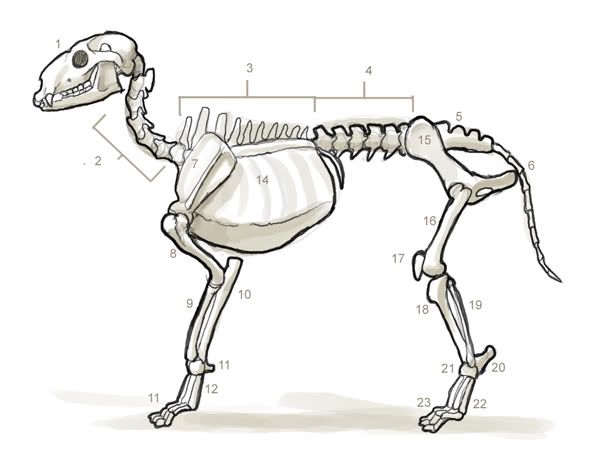Crying Rock
Member
- Oct 16, 2008
- 554
- 0
CR:
I guess I’m behind. I thought a Pakicetus skull is all we have. Are there some recent Pakicetus discoveries that have preserved legs, pelvises, tails, ribs, backs, etc...
CR:
I guess I’m behind. I thought a Pakicetusis skull is all we have.
CR:
Barb:
And what kind of tails do Pakicetus have?
CR:
Barb:
And what kind of ribs do Pakicetus have?
CR:
Barb:
And what kind of backs do Pakicetus have?
You’re kidding, right?
Please, lets continue this discussion of the evolutionary relationship between Pakicetus, Indohyus and whales before we move onto Ambulocetus. If we can't straighten out the relationships of the basal land dwelling species then the whole hypothesis is groundless.
Barb:...lets deal with some unfinished business: what are the differences between Pakicetus and Indohyus' feet?
...Well, let's see... both have hooves…
I guess I’m behind. I thought a Pakicetus skull is all we have. Are there some recent Pakicetus discoveries that have preserved legs, pelvises, tails, ribs, backs, etc...
CR:
Barb:...And legs…
...Same bones and musculature, but the legs are relatively smaller, and shorter.…
I guess I’m behind. I thought a Pakicetusis skull is all we have.
CR:
…tails …
Barb:
…Indohyus…have rather robust tails…â€
And what kind of tails do Pakicetus have?
CR:
…ribs …
Barb:
…What ribs we have of Indohyus, show that they were more robust than those of most ungulates of that size. …
And what kind of ribs do Pakicetus have?
CR:
…back …
Barb:
… Like most small ungulates, Indohyus has a relatively flexible, doglike spine, that allows for a good amount of flexion. This allows for quick darting movements…
And what kind of backs do Pakicetus have?
…Surprise.
Now that you see the many transitional characteristics between the two, are you ready to move on to the next step?..
You’re kidding, right?
Please, lets continue this discussion of the evolutionary relationship between Pakicetus, Indohyus and whales before we move onto Ambulocetus. If we can't straighten out the relationships of the basal land dwelling species then the whole hypothesis is groundless.
















